Fed Chair Jerome Powell said in an interview that “what we were actively considering, and this is just a factual recitation of what happened at the meeting, was a 50-basis point increase… if the economy performs about as expected, that it would be appropriate for there to be additional 50-basis point increases at the next two meetings”.
Powell also said that a “soft landing”, getting back to 2% inflation while keeping the labor market strong, is “quite challenging to accomplish that right now”. Unemployment is “very, very low”, the labor market’s “extremely tight”, and inflation is “very high”.
“What we can control is demand, we can’t really affect supply with our policies. And supply is a big part of the story, here. But more than that, there are huge events, geopolitical events going on around the world, that are going to play a very important role in the economy in the next year or so. So the question whether we can execute a soft landing or not, it may actually depend on factors that we don’t control,” he explained.




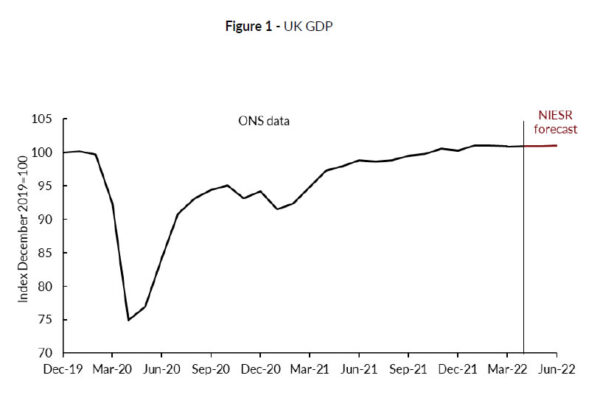
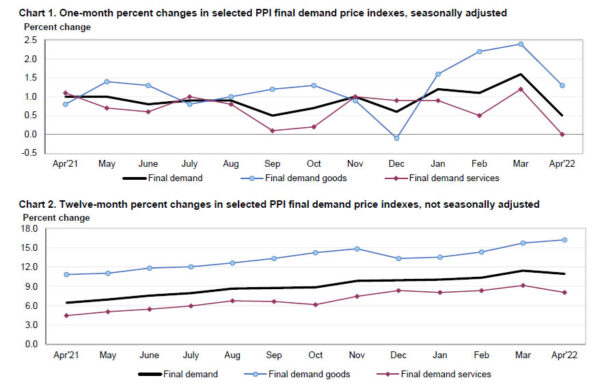
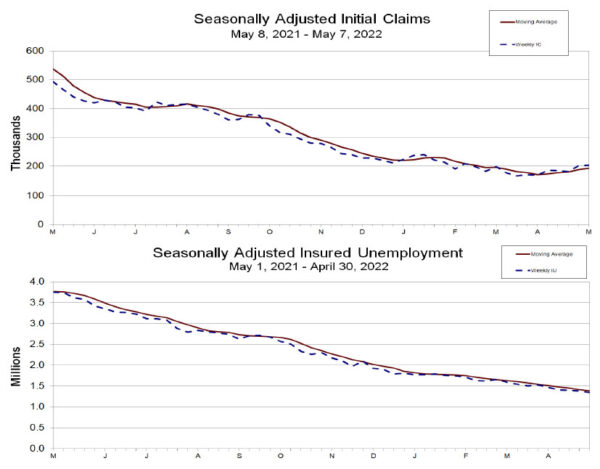
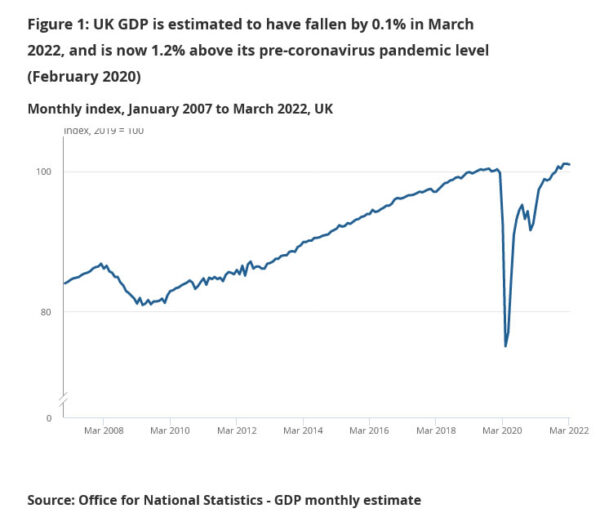
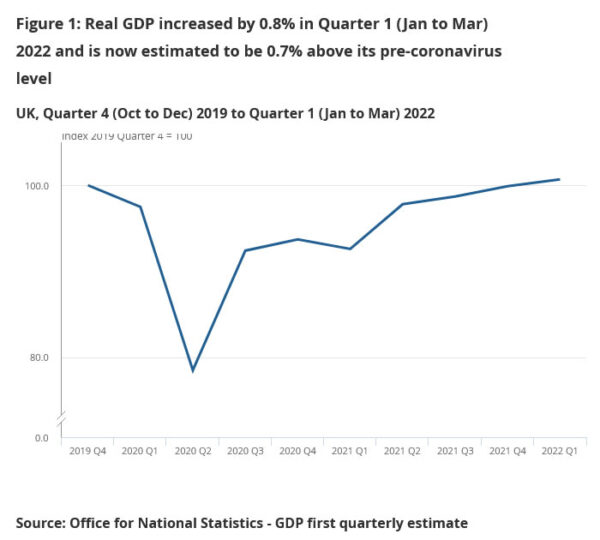
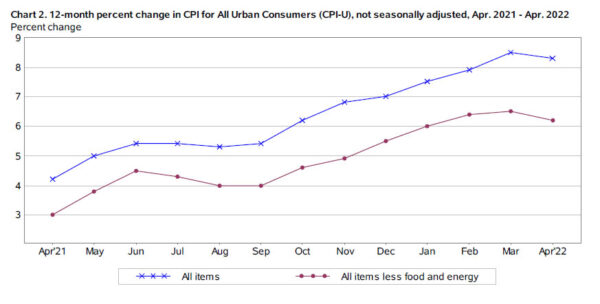
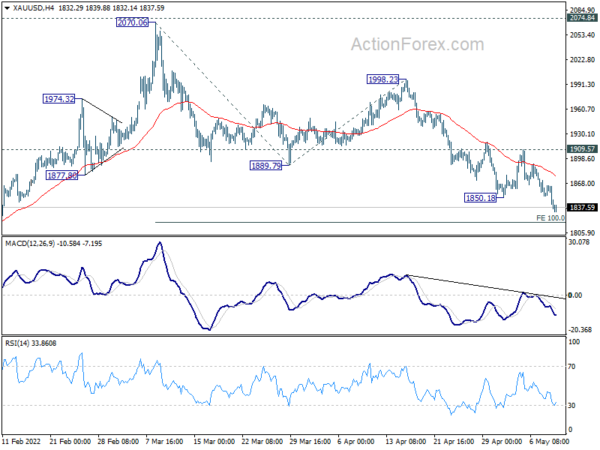
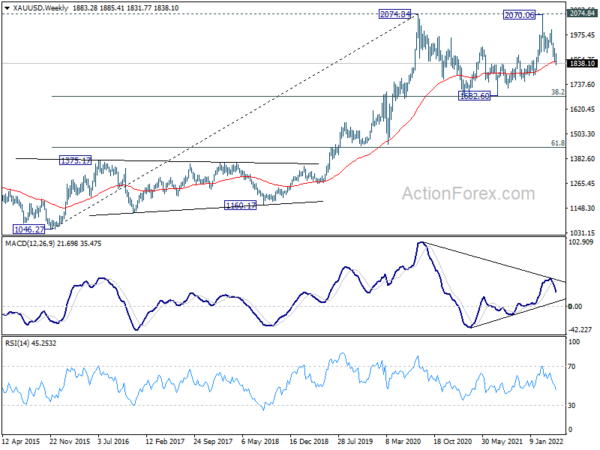
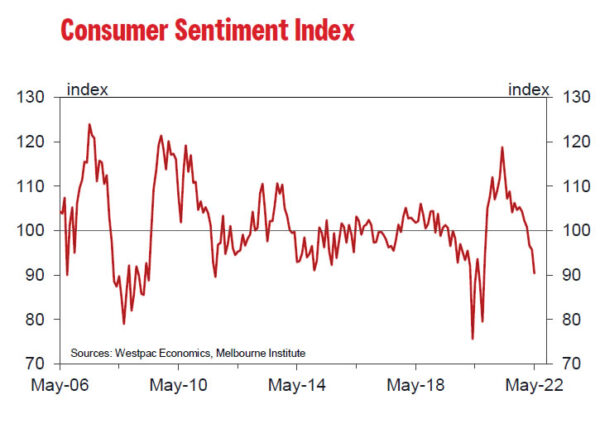

Eurozone industrial production dropped -1.8% mom in Mar, EU down -1.2% mom
Eurozone industrial production dropped -1.8% mom in March, slightly worse than expectation of -1.7% mom. Production of capital goods fell by -2.7%, non-durable consumer goods by -2.3%, intermediate goods by -2.0% and energy by -1.7%, while production of durable consumer goods rose by 0.8%.
EU industrial production dropped -1.2% mom. Among Member States for which data are available, the largest monthly decreases were registered in Slovakia (-5.3%), Germany (-5.0%) and Luxembourg (-3.9%). The highest increases were observed in Lithuania (+11.3%), Estonia (+5.1%), Bulgaria and Greece (both +5.0%).
Full release here.